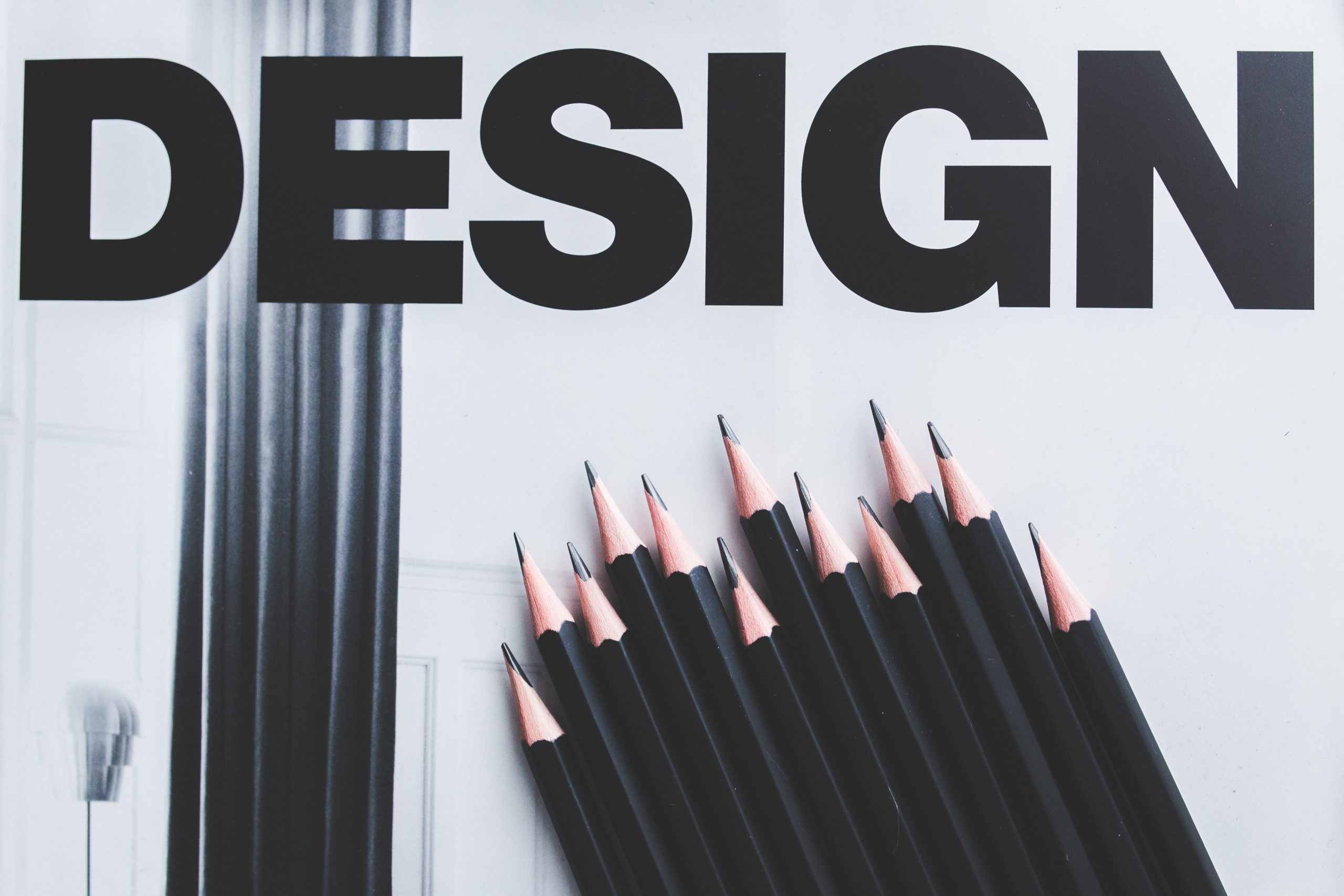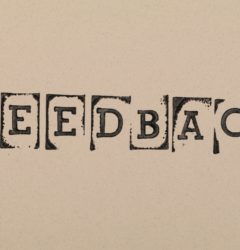Everything You Need to Know Behind the Basics of Brand Archetypes
29 Oct

Table of Contents
ToggleBranding your company to stand out amongst the competition sounds like a daunting task. And even though it is an intense process, it isn’t that hard and it can be fun. It is just a time-consuming process. Remember though, consistency is key.
The branding journey can be less complicated by learning about branding archetypes. Use this as a foundation to build on. Find your voice within the right archetype and learn to deliver it with the right words, logos, font, and colors – all of which will be more relatable to your customers.
Where to Start Your Branding
Start by exploring all of the brand archetypes first. It is said that 77 percent of consumers tend to buy from brands who happen to share the same values as them. Following an archetype is a way to easily relate to consumers.
Branding Archetype History
Let’s just go over a little history lesson on archetypes. To connect with an audience, humans like symbolism. So, Swiss psychologist, Carl Jung, created these archetypes to build a deep connection with buyers.
The goal is to relate better to customers with these personas and using authentic and consistent communication throughout the entire buying process.
Find Your Archetype
The 12 archetypes are described below.
Innocent
The innocent is all about happiness and safety. The archetype is optimistic and pure. Those using this archetype need to be careful not to come across too boring. Add some spice to encouraging strong values with honesty and simplicity. Brands who use innocent archetypes include Coke and Dove. One example that stands out to us is the campaign that Coca Cola does each year, “The Holidays are Coming”. This excites customers and brings holiday cheer.
Colors: Pastels like mint green, light blue, and all shades of pink.
Font: Clean, simple, and uncluttered.
Magician
The magician is magical and all about making your dreams come true. This archetype believes anything is possible and creating special moments with charm. However, don’t be too risky and take things over the top though. Brands who use the magician archetype include Apple and Disney. The Magical World of Disney is the prime example of using the magician to attract customers as it brings joy and magic, all in one.
Colors: Pastels such as purples, pinks, and some light blues.
Fonts: Fun and flowing, maybe even some cursive.
Sage
The sage is full of wisdom and the pursuit of knowledge. The sage archetype doesn’t rely on fantasy, just brilliance, and is a trusted source and advisor. Brands that use the sage archetype include Google and universities like Harvard. Brands who use quotes or images of people like Albert Einstein and Gandhi use the sage archetype to attract customers with famous and knowledgeable personalities.
Colors: Teal, dark green, tan, and grey.
Fonts: Solid, historic, and classic fonts such as Times New Roman.
Outlaw
The outlaw is strong and not afraid of anything. The outlaw archetype believes in revolution to break the rules and to say no to authority. But don’t be too bold with his archetype where it comes across negative. Brands who use the outlaw archetype includes Harley Davidson and Virgin Mobile. Harley Davidson will always be a brand that uses the outlaw archetype perfectly. There commercials always display an open road, a symbolism for freedom.
Colors: Black, dark reds, and dark oranges.
Font: Shock factor with bold and non-conventional fonts.
Jester
The jester is silly and humorous. The jester archetype uses comedy and fun to bring a smile and joy. Just don’t be too silly and look disrespectful. Brands who use the jester archetype include Ikea and Old Spice. M&Ms uses jester to attract customers by airing humorous commercials. How can you not laugh when thinking of talking M&Ms?
Colors: Fun and bright colors like purples, pinks, blues, and yellows.
Fonts: Fun, youthful, and playful like Comic Sans.
Lover
The lover is and appears to be grounded. The key to the lover archetype is to use intimacy to seduce. Brands who use the lover archetypes include Godiva and Victoria’s Secret. Godiva delivers sensual yet attractive ads to grab the attention of their consumers, especially around the holidays.
Colors: Passionate and deep reds, bright pinks, and purples.
Fonts: Soft, feminine, and cursive.
Explorer
The explorer believes in the freedom to get out and explore. The explorer archetype focuses on new experiences and discovering things while being ambitious and independent. Brands who use this archetype include Jeep and Red Bull.
Colors: Earthy colors such as neutrals, grey, tan, some oranges, and reds.
Fonts: Less is more, structured, and youthful.
Ruler
The ruler is luxurious and exclusive. The ruler archetype likes control, being organized, and being responsible. Brands who use this archetype include Mercedes Benz. For example, luxurious car companies like Lexus air commercials about gifting a car to yourself. They believe in rewarding yourself for hard work, a trait of the ruler.
Colors: Simple and primary colors like reds and blues with some greens.
Fonts: Authoritative, commanding, and bold.
Caregiver
The caregiver believes in building trust and being safe. This archetype helps others by being caring, nurturing, and maternal. When using this archetype, don’t come across too weak and be taken advantage of. Brands who use the caregiver archetype include Campbell’s Soup, Johnson and Johnson, and Hallmark. Johnson and Johnson offer products to help care for others, so of course, they are going to use the caregiver archetype by airing ads of people caring for others with their products.
Colors: Pastels like all light blues, pinks, peach, and purples.
Fonts: Sentimental and inviting.
Hero
The hero believes in the world becoming a better place. The hero archetype is courageous, honorable, confident, and ready to rise to the challenge. Just don’t be too arrogant when using this archetype. Brands who use the hero archetype include Nike, Army, and BMW. Nike’s slogan, “Just Do It”, is a perfect example of using the hero archetype. When people think of Nike, they think of the ability to conquer anything, just like a hero.
Colors: Energizing and strong, like all shades of blue, with a pop of bright yellows.
Fonts: Powerful and strong.
Everyman
The everyman appeals to the regular person, the average Joe. The archetype wants everyone to feel like they belong and are connected. When using the everyman archetype, don’t blend in, still, need a strong identity. Brands who use this archetype include Starbucks and Home Depot. Target stands out as a brand who displays the everyman in their ads. By welcoming all, Target fits in everyone’s life!
Colors: Basic and simple light blues and greens.
Fonts: Straight forward and basic such as Arial.
Creator
The creator strives to create only the best and at any cost. The archetype is a perfectionist. And focuses on the vision. Brands who use the creator archetype include Lego and Crayola. Creative brands like Adobe capture the creator archetype by airing ads that show how creative you can get with their products, opening up a whole new world to innovation.
Colors: Greys, teals, reds, oranges, and blues.
Fonts: Inspiring, beautiful, and italics.
Now What?
Now that you have learned about all of the different archetypes, which can be quite overwhelming, it is time to pick the right one for your brand.
Some helpful tips when narrowing it down. First, get rid of all the archetypes that DON’T fit your brand. You should be able to cross off at least half of the list. Next, narrow it down to about 3.
Now, take a deeper look at those 3. Look at the words to use, the colors, and the fonts. Which is the best for your brand? Which of these can you see be a lasting relationship with your brand?
It is now time to narrow it down to a primary archetype rather than a secondary one. Primarily use the one you chose while sprinkling in some of the secondary.
Then, start your branding! Start by including the right colors into your logo, and on your website. If you don’t have one yet, you can use a logo maker app to create the logo for your site. Remember, having a simple brand logo that speaks about your brand is more important than having an overtly complicated one. And don’t forget to also use the right fonts on your website, along with the right wording!
Once you find the archetype, create a guide with the help of a marketing agency with a branding workshop. This is an extensive, exclusive, and personalized guide to using as a reference to establish your voice. Remember, consistency is key!
Creating a brand takes time and collaborative effort from internal and external stakeholder’s. There are still teams that might be using emails, and chats to convey their feedback, however if you want to build brand that are liked by many then you should use the power of visual communication.
zipBoard is a review and collaboration tool that lets designers, developers and clients collaborate and communicate effectively. It’s a whiteboard for your project development collaboration. All you need is your website URL to get started and have your entire team in sync in one place.
Try zipBoard Today !
It is easy to get started on the free trial. Simply sign up, no credit card required.
Related Post
Recent Posts
- How Laerdal Medical Cut eLearning Review Time by 50% with zipBoard’s Visual Review Tool July 9, 2025
- Why Your Team Needs a Content Feedback System (Not Just Comments in Docs) May 28, 2025
- Content Approvals Are Slowing You Down — Here’s the Fix May 26, 2025
- How to Streamline Content Review and Approval — Best Practices, Tools & Automation May 12, 2025
- What Is Content Operations? And Why It Breaks Without a Feedback & Approval System May 3, 2025
©️ Copyright 2023 zipBoard Tech. All rights reserved.


